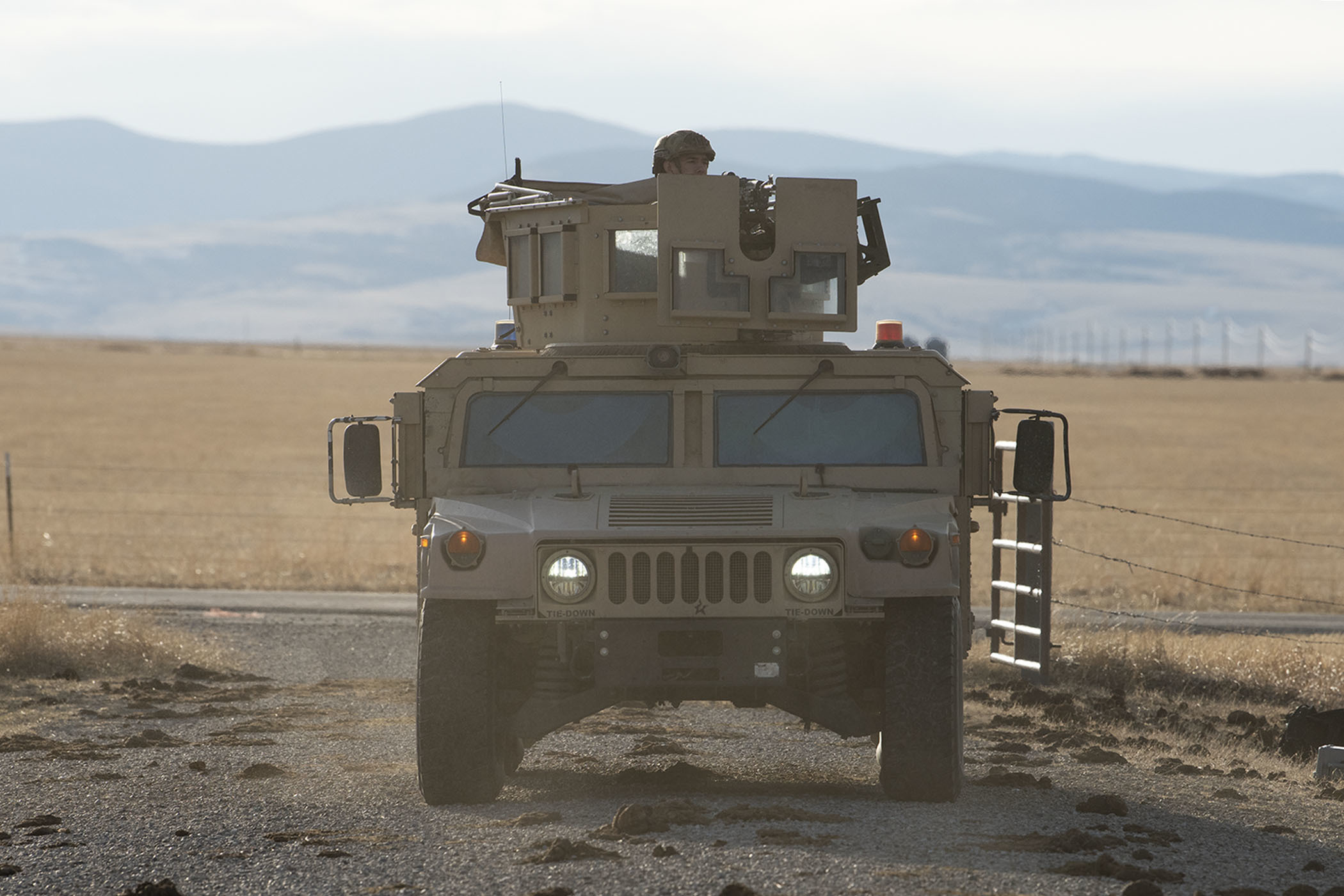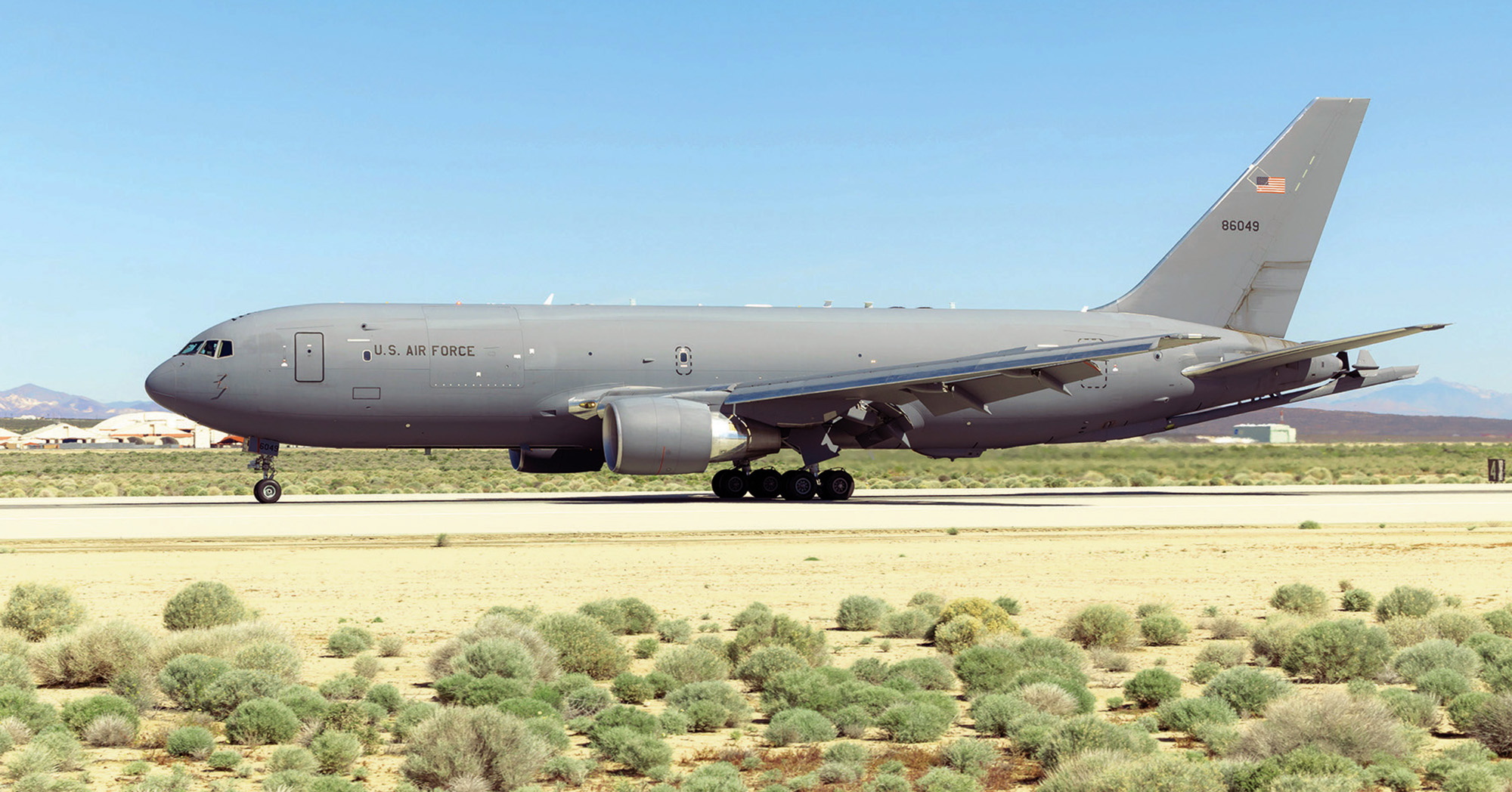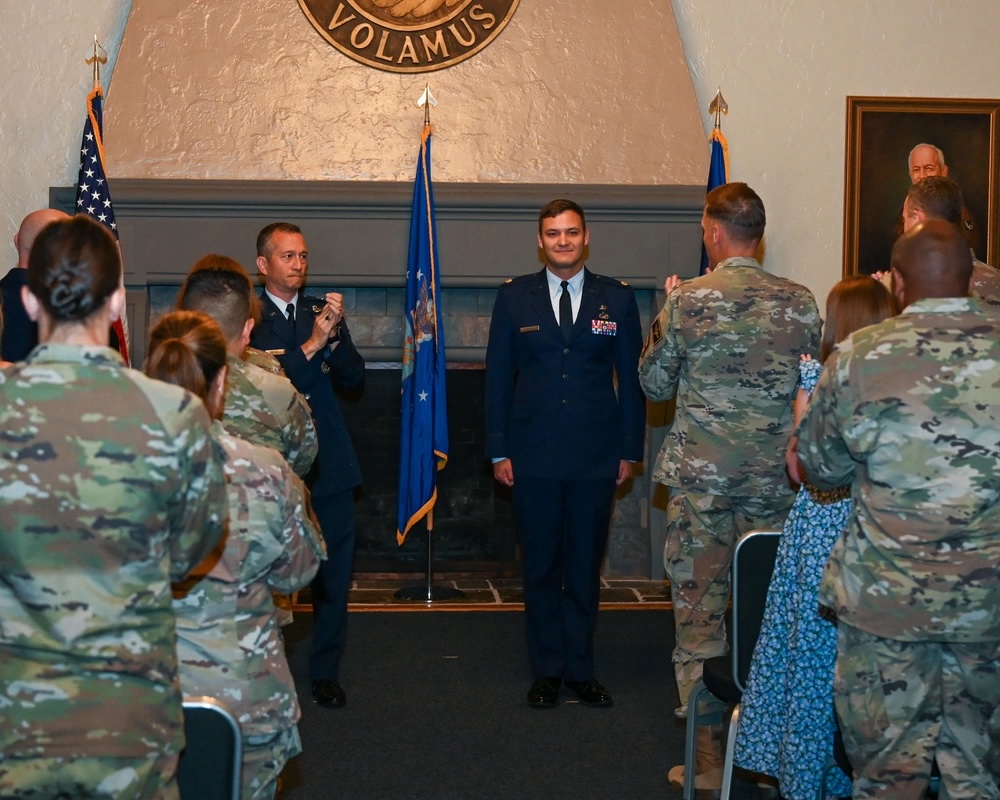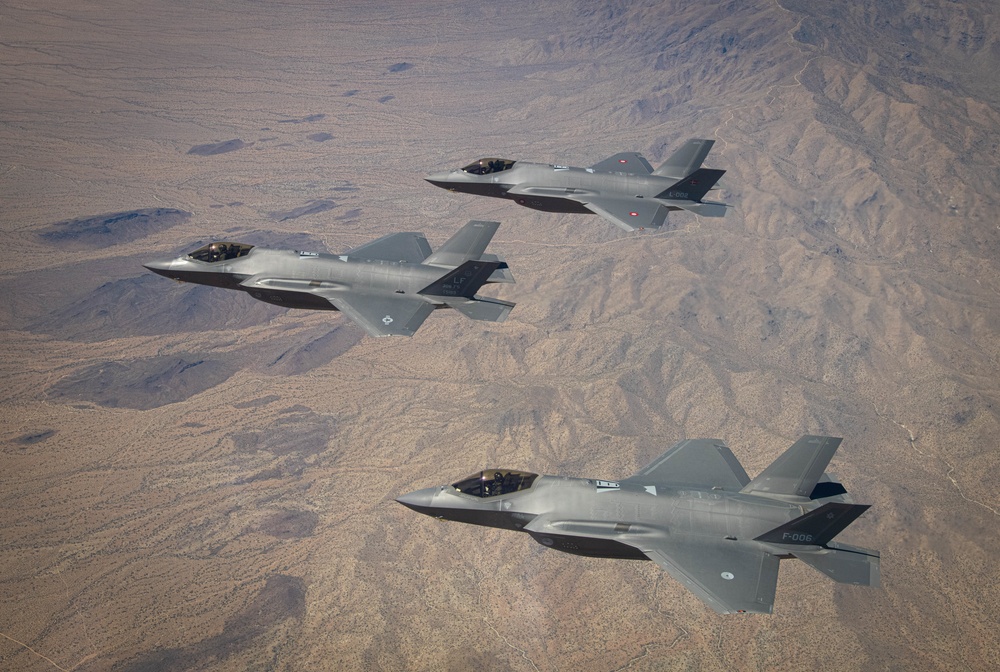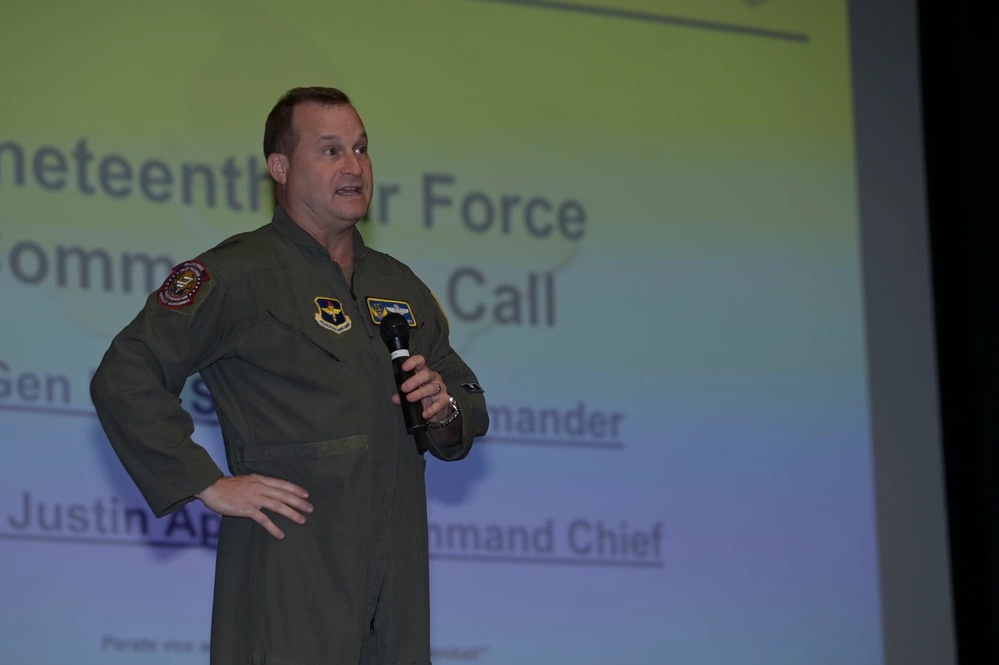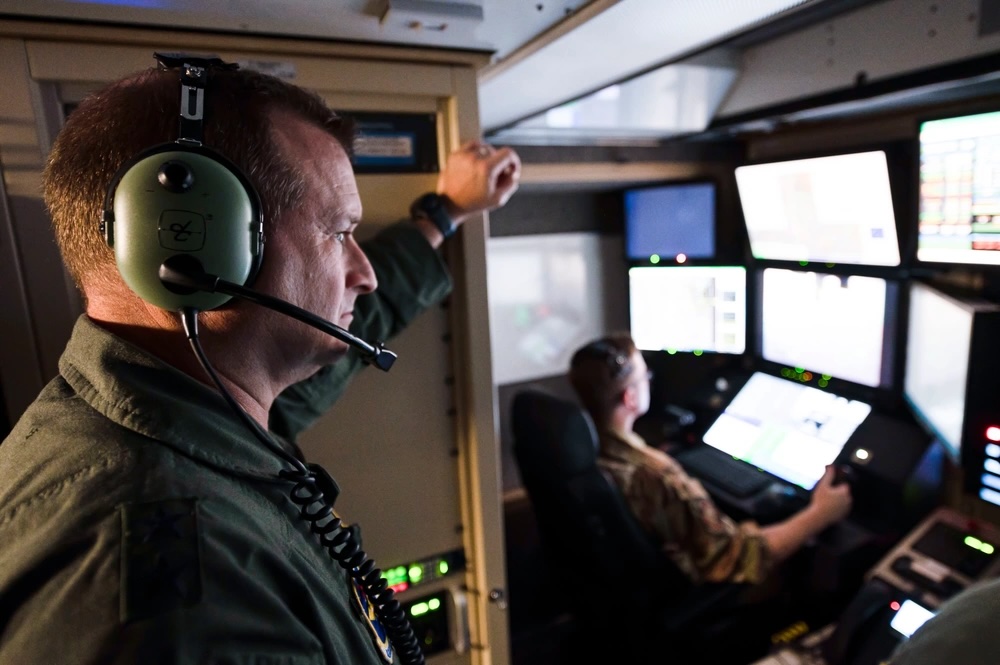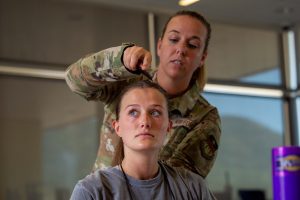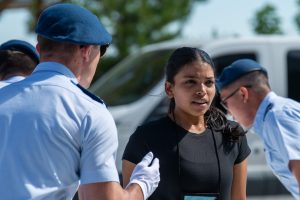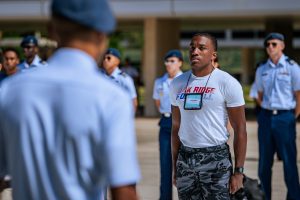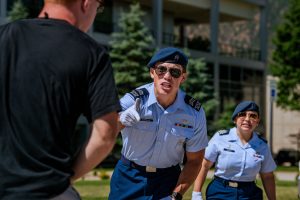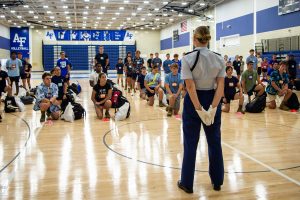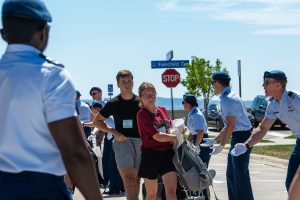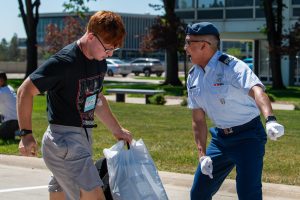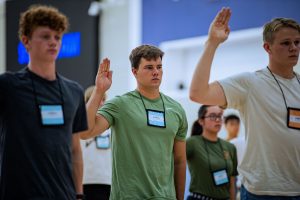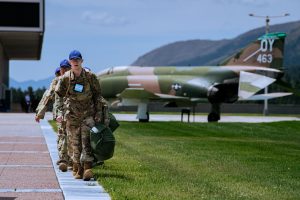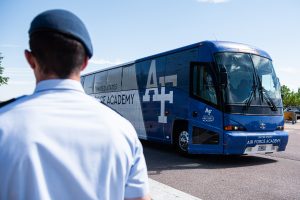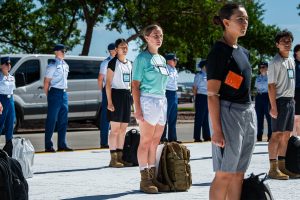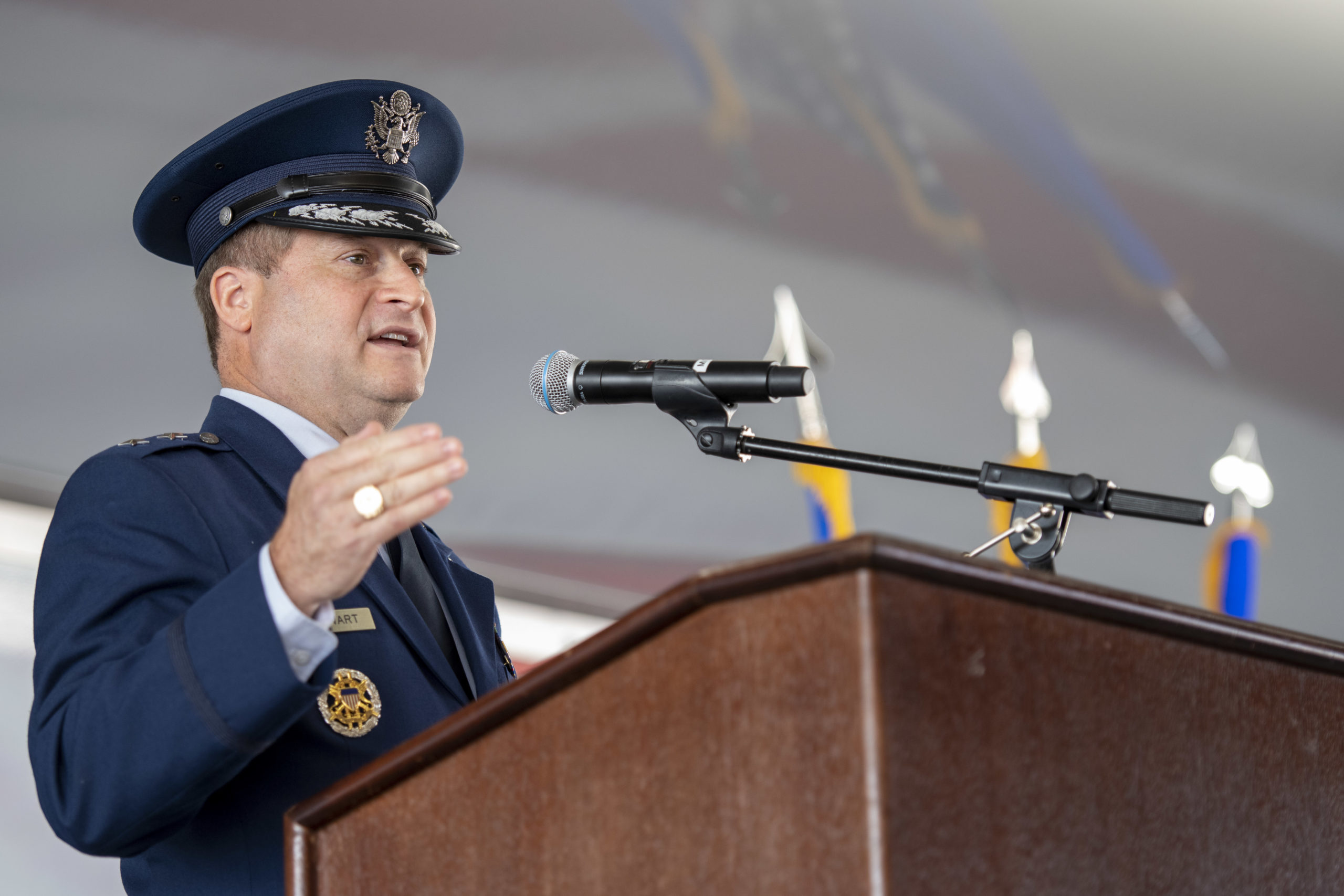The Airman killed in a vehicle mishap at Malmstrom Air Force Base, Mont., on June 29, has been identified as Staff Sgt. Jorge Delgado, a 37-year-old Airman assigned to the 341st Security Forces Squadron at Malmstrom, according to a July 1 release.
The accident resulted in three other Airmen being injured, as the four Airmen were traveling on-base to their duty location in an up-armored High Mobility Multipurpose Wheeled Vehicle, better known as Humvee.
Two additional first responder Airmen sustained injuries while responding to the incident. After all five Airmen were taken to nearby medical facilities, two are now in stable condition, while three have been discharged, the release added.
“Team Malmstrom and our surrounding community grieve not only the loss of an outstanding Airman, but a family member and a friend,” said Col. Dan Voorhies, 341st Missile Wing commander, in the release. “As we help our impacted Airmen and families, I urge us all to spend a little extra time checking in on one another, wrap our arms around those in need, and provide love and support, so we can keep enduring. Wing One is committed to the safety and security of our members, and we will continue to stand strong during this time.”
The spokesperson stated that the accident is under investigation, and no additional details are currently available.
“The safety and well being of all of our Airmen is our priority and we are providing support and assistance to those impacted by this tragic event,” the base’s initial release following the accident on June 29 stated.
Malmstrom, F.E. Warren Air Force Base, Wyo., and Minot Air Force Base, N.D., are the hubs for the Air Force’s Minuteman III intercontinental ballistic missiles.
With hundreds of nuclear silos, the three bases span vast areas, requiring extensive driving and often use of specialized military vehicles like Humvee, and the new JLTV, or Joint Light Tactical Vehicle, to maintain readiness and security. While it is currently unclear which vehicle was involved in the June 29 crash, last year saw two separate accidents involving Humvees, resulting in the loss of two Airmen’s lives across the nuclear missile fields.
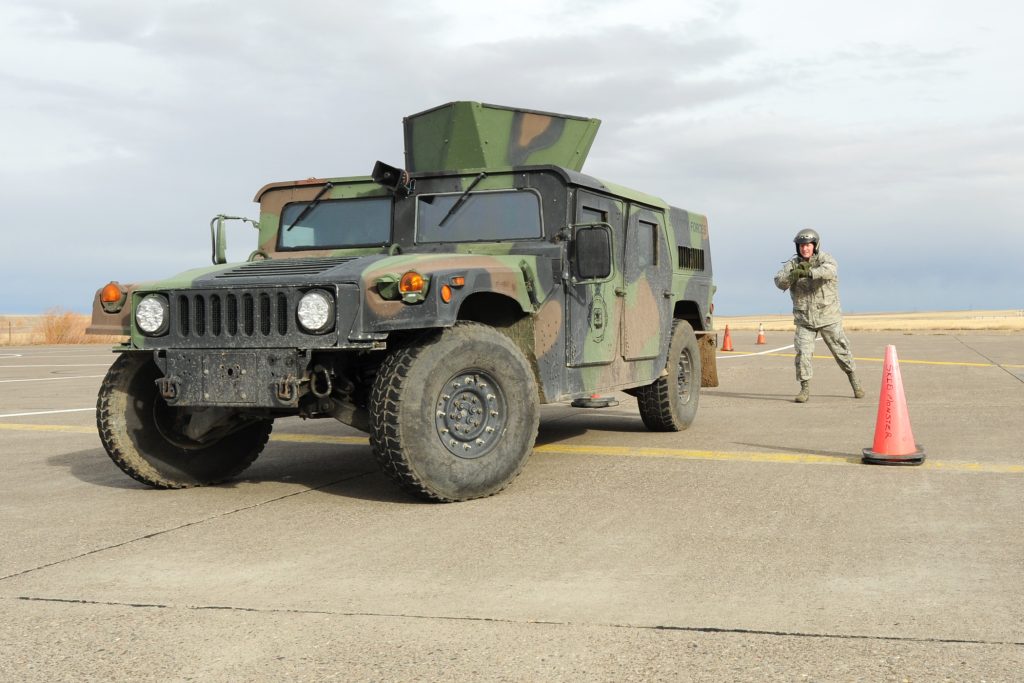
On Sept 16, a Humvee crash killed an Airman from the 90th Missile Security Forces Squadron of F.E. Warren, while another Airman sustained minor injuries. The accident occurred near a nuclear missile field near Grover, Colo.
About a month later, another Humvee crash killed an Airman from the 341st Missile Security Forces Squadron at Malmstrom. The Airman was initially hospitalized and succumbed to his injuries six days after the accident. Another individual involved in the incident sustained injuries but was in stable condition afterward. According to a report from the Montana Highway Patrol provided to local media, the Humvee driver attempted a downhill right-hand curve “at an excessive rate of speed for the vehicle,” crossing into the opposite lane and veered off the road.
Unlike the outdated Humvee, the JLTVs are billed as more reliable, more mobile in rough terrain, and better protected, making them better for snow- or mud-covered conditions throughout Montana, North Dakota, and Wyoming. While the JLTV requires extensive training due to its complexity, the vehicle is also smarter, equipped with computers in the dashboard that help Airmen keep track of their fellow defenders and build situational awareness.
